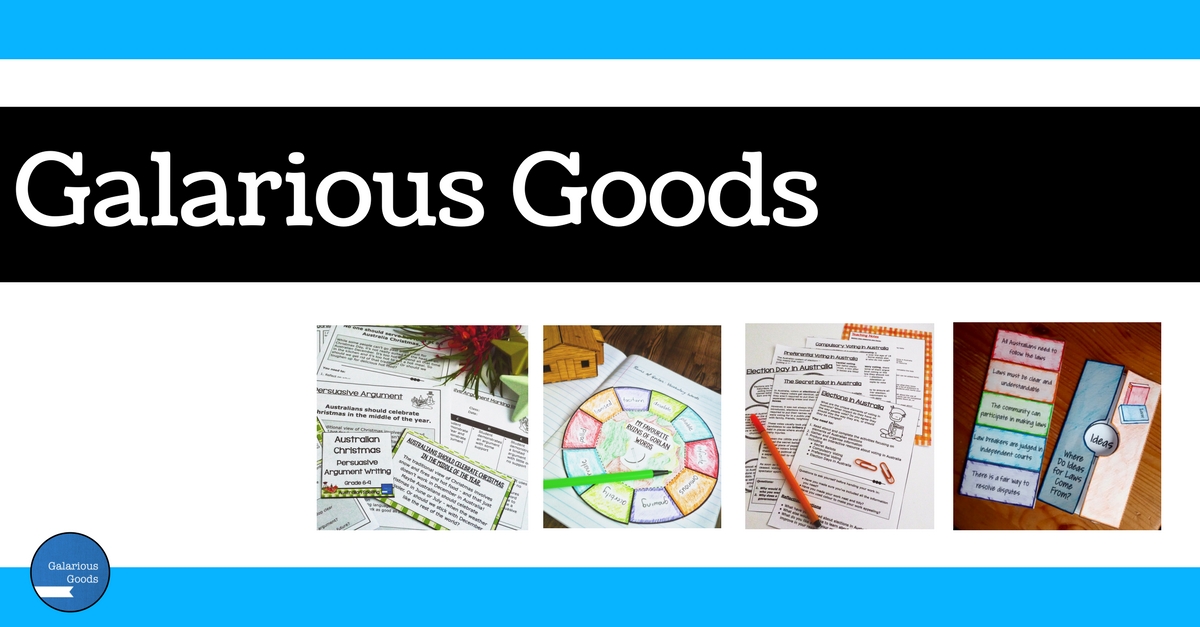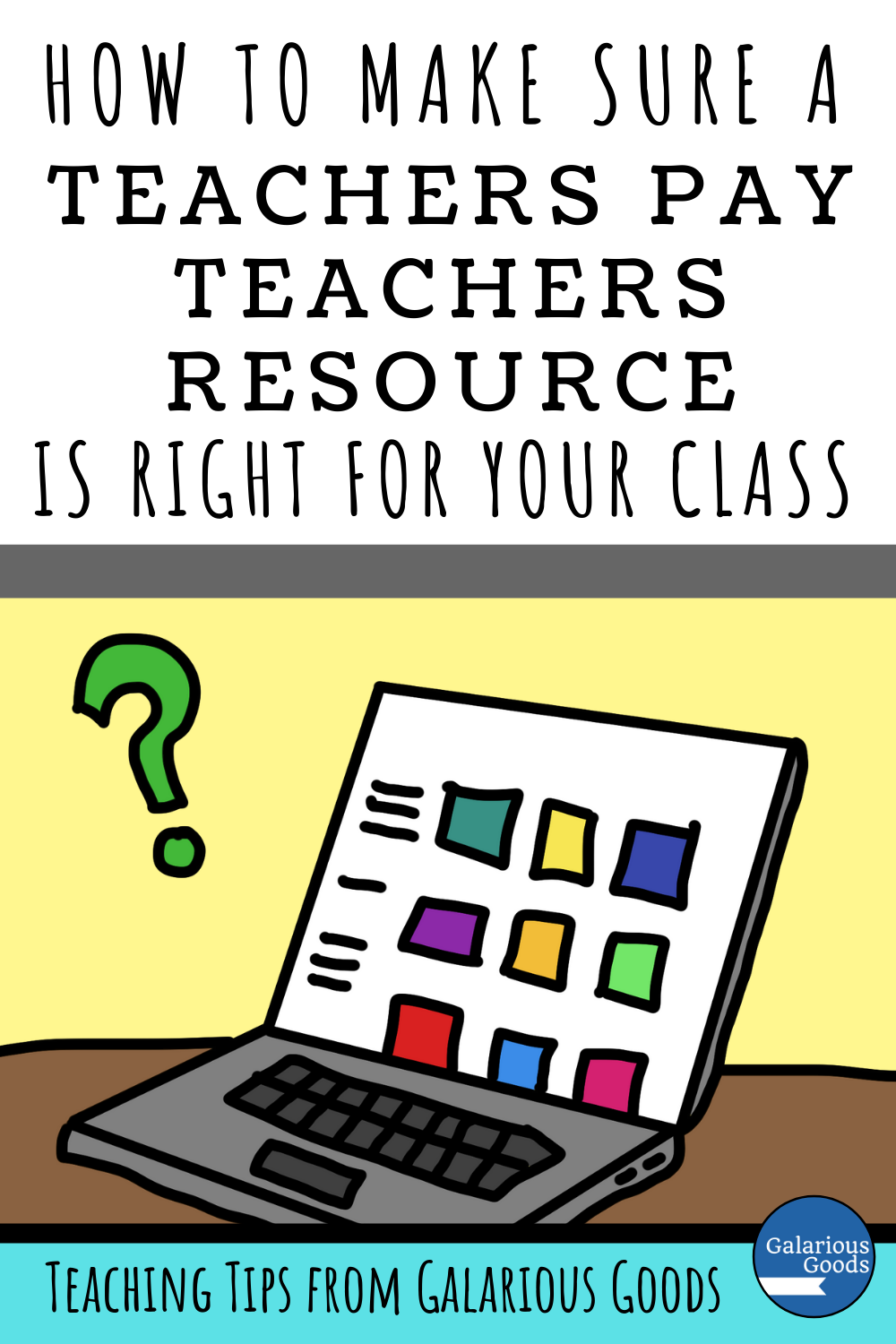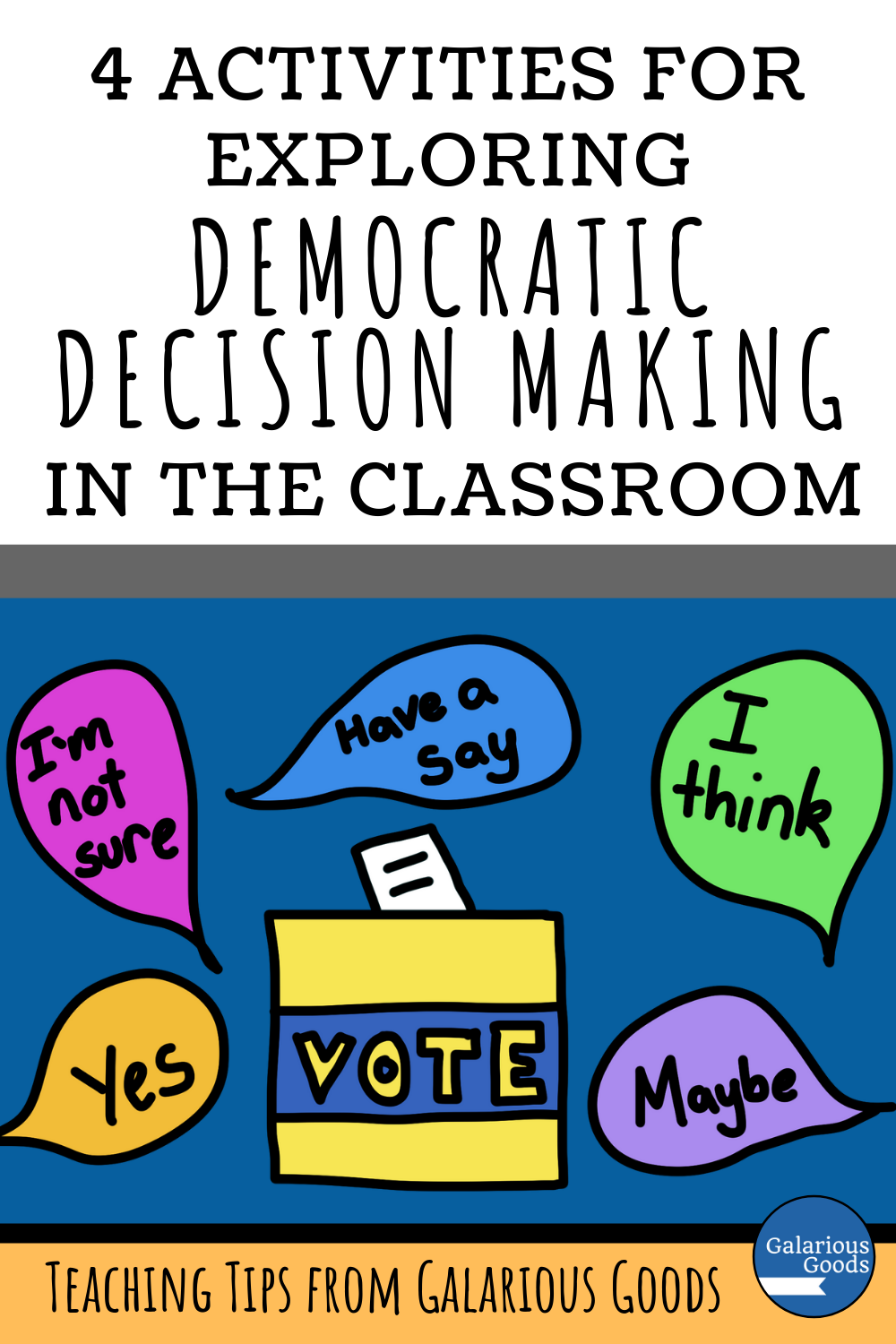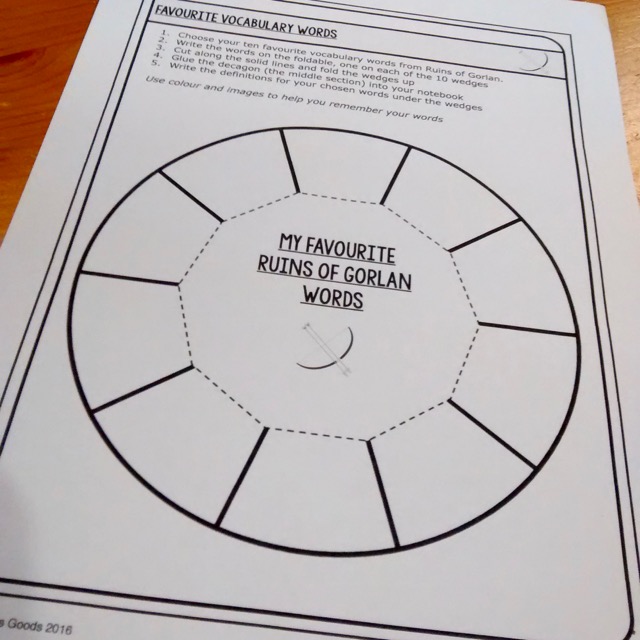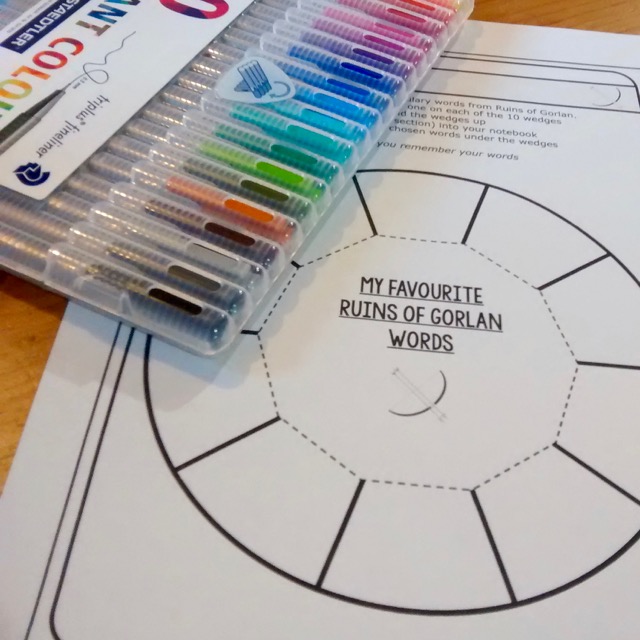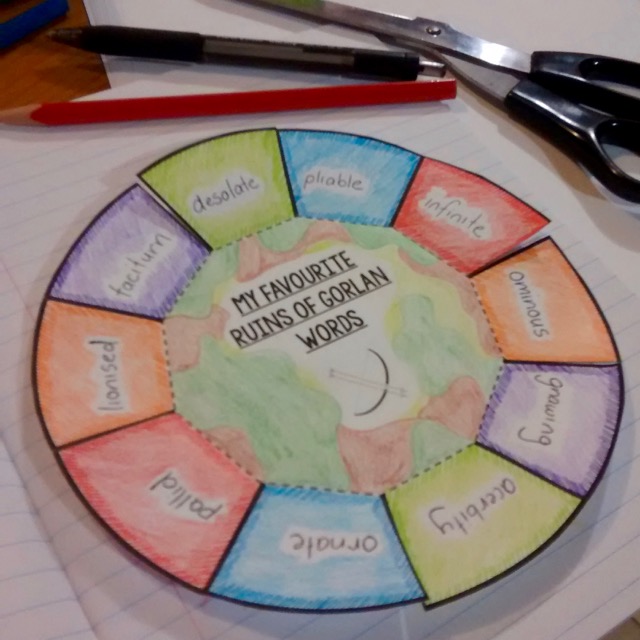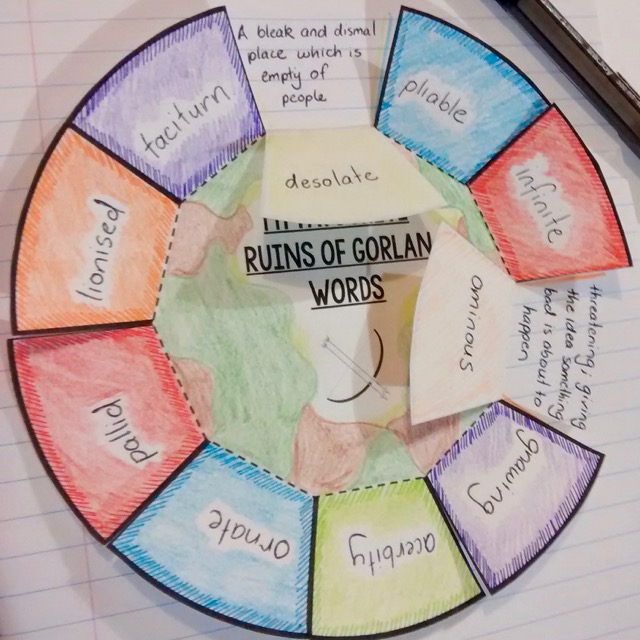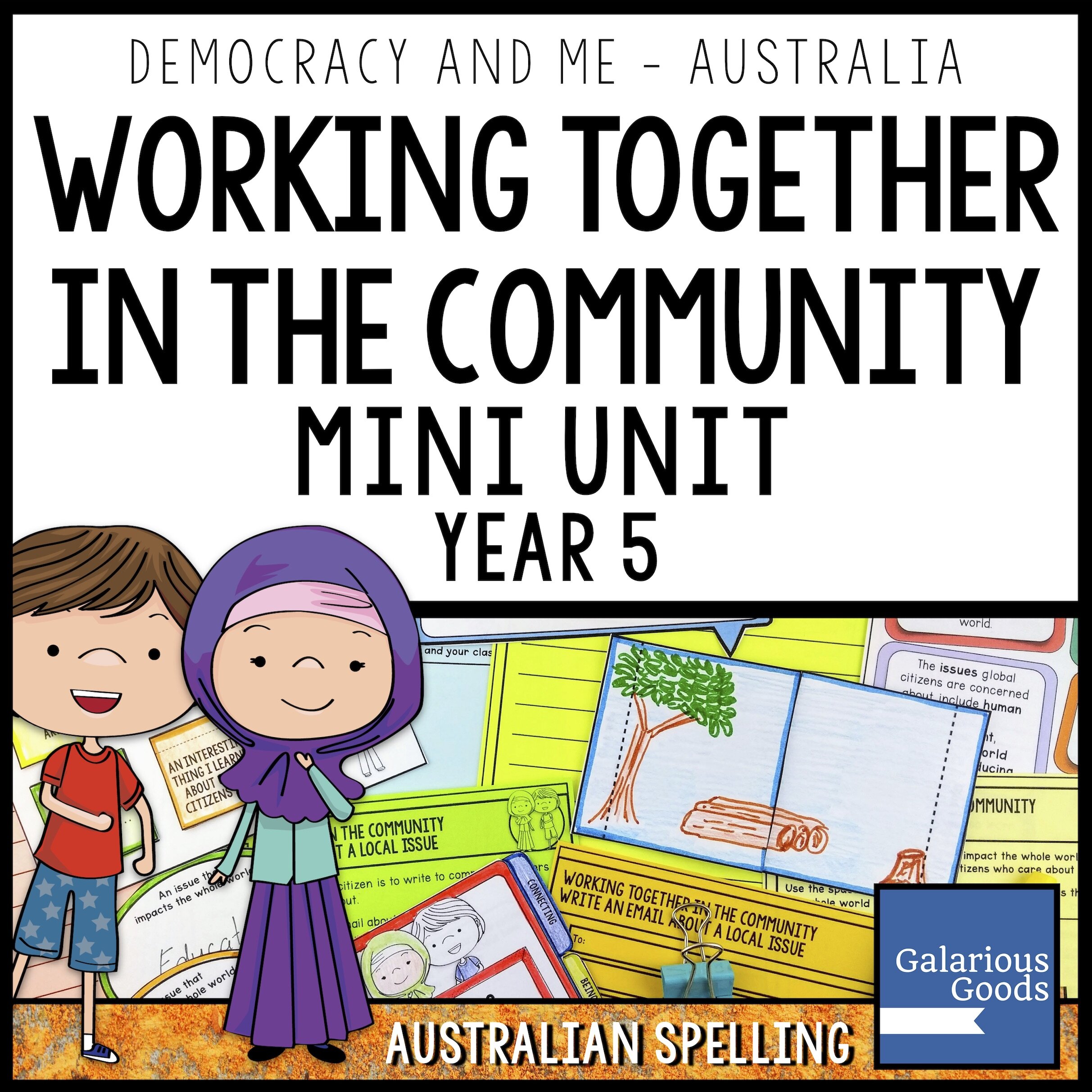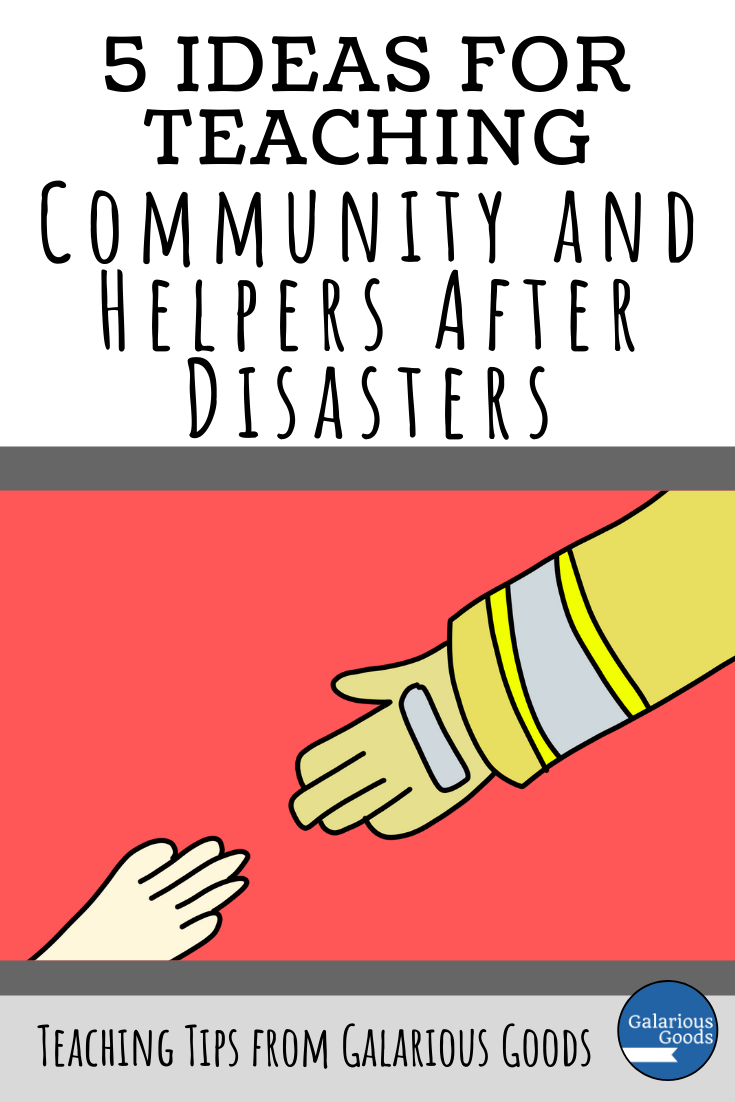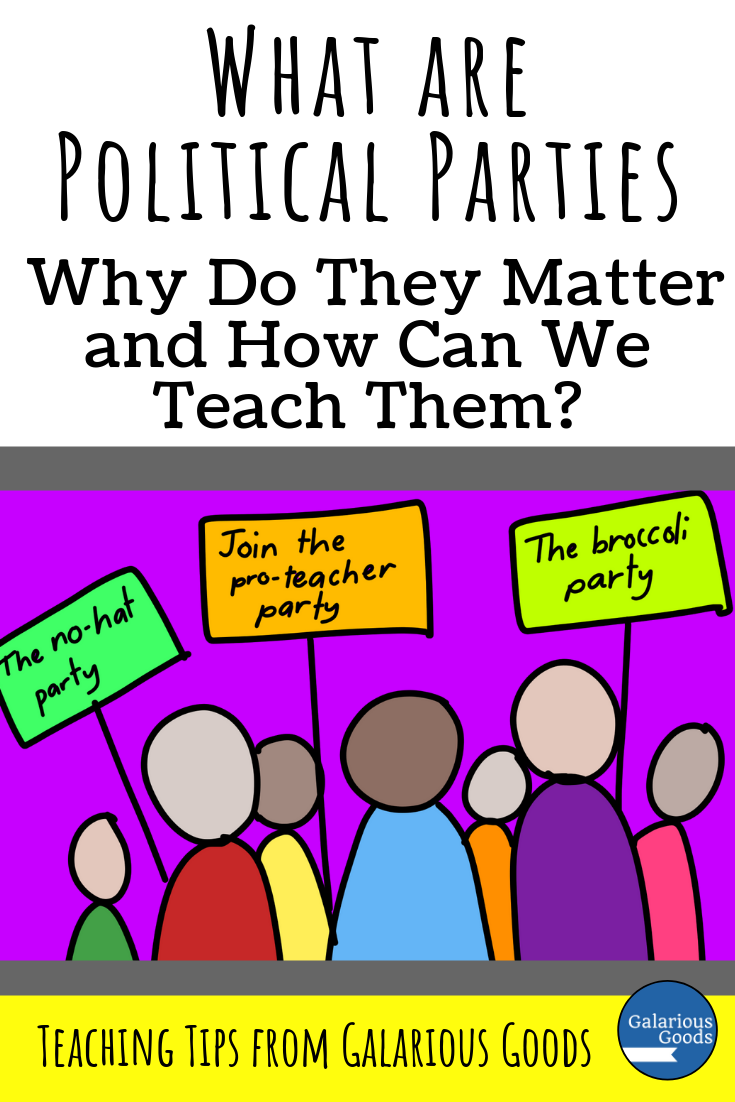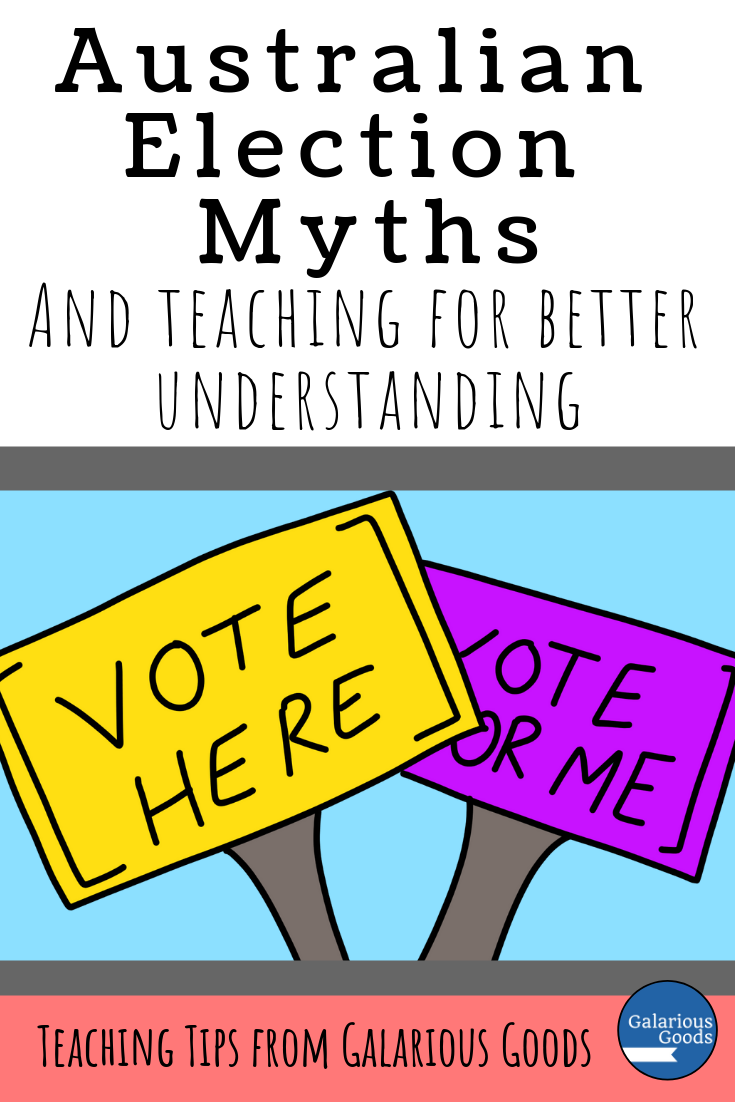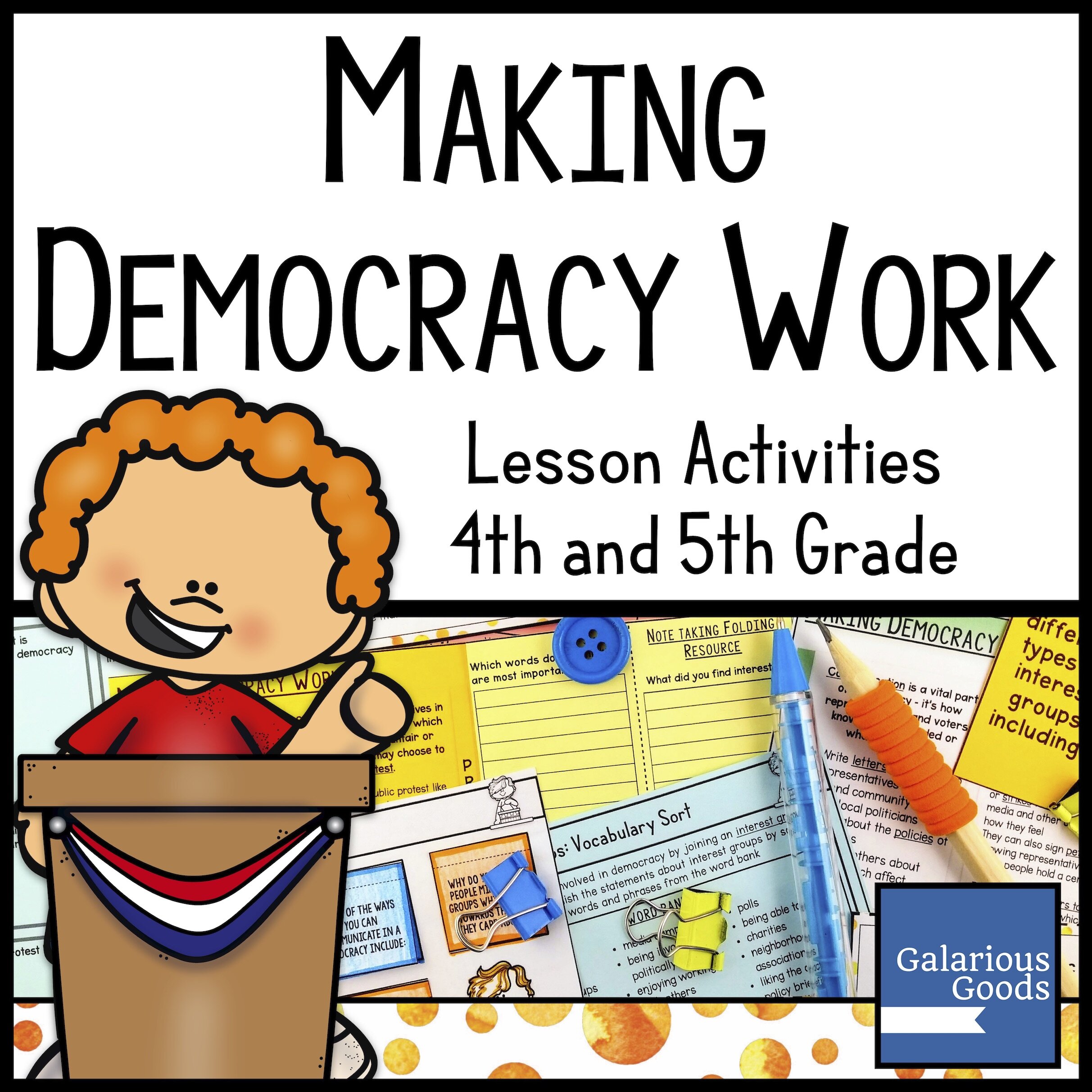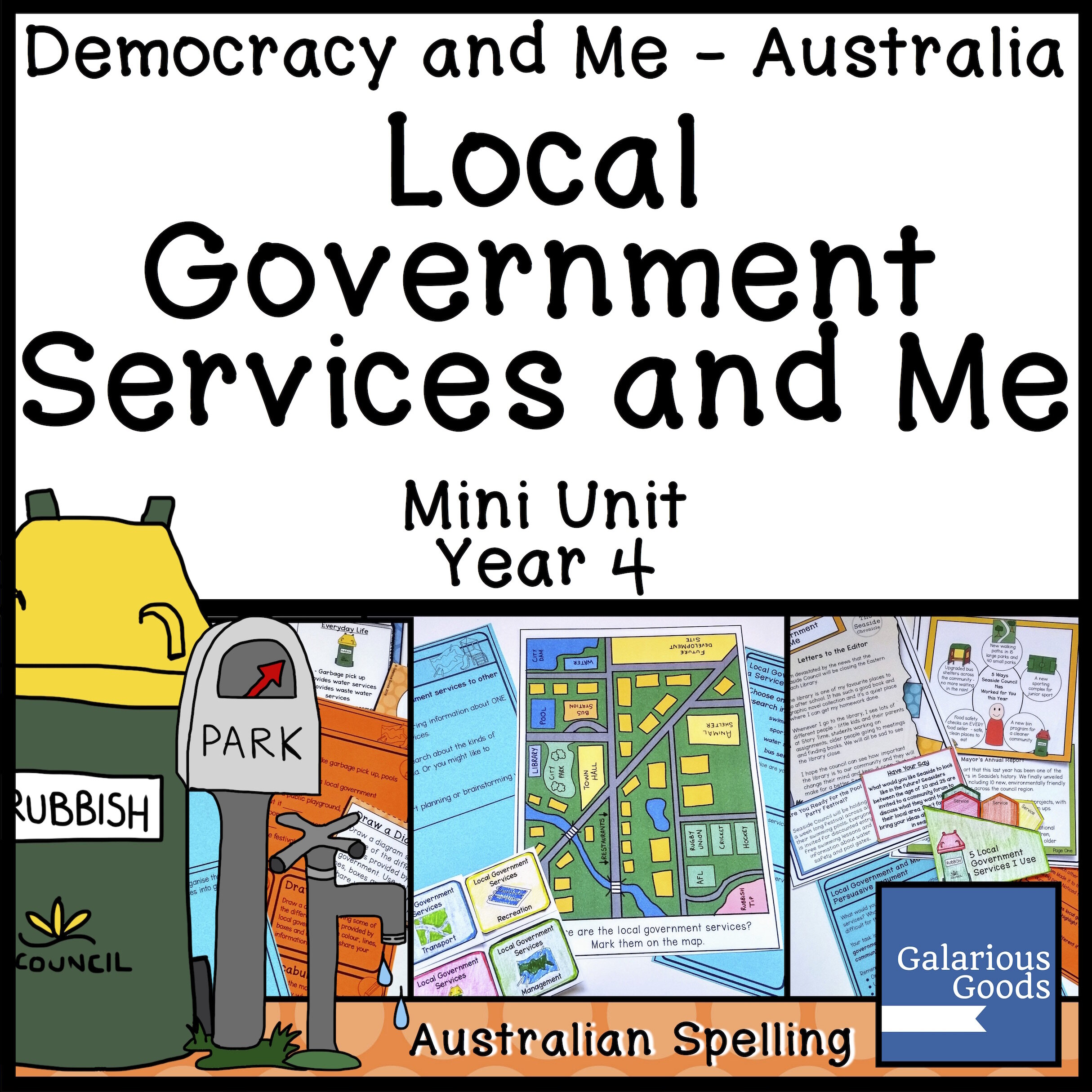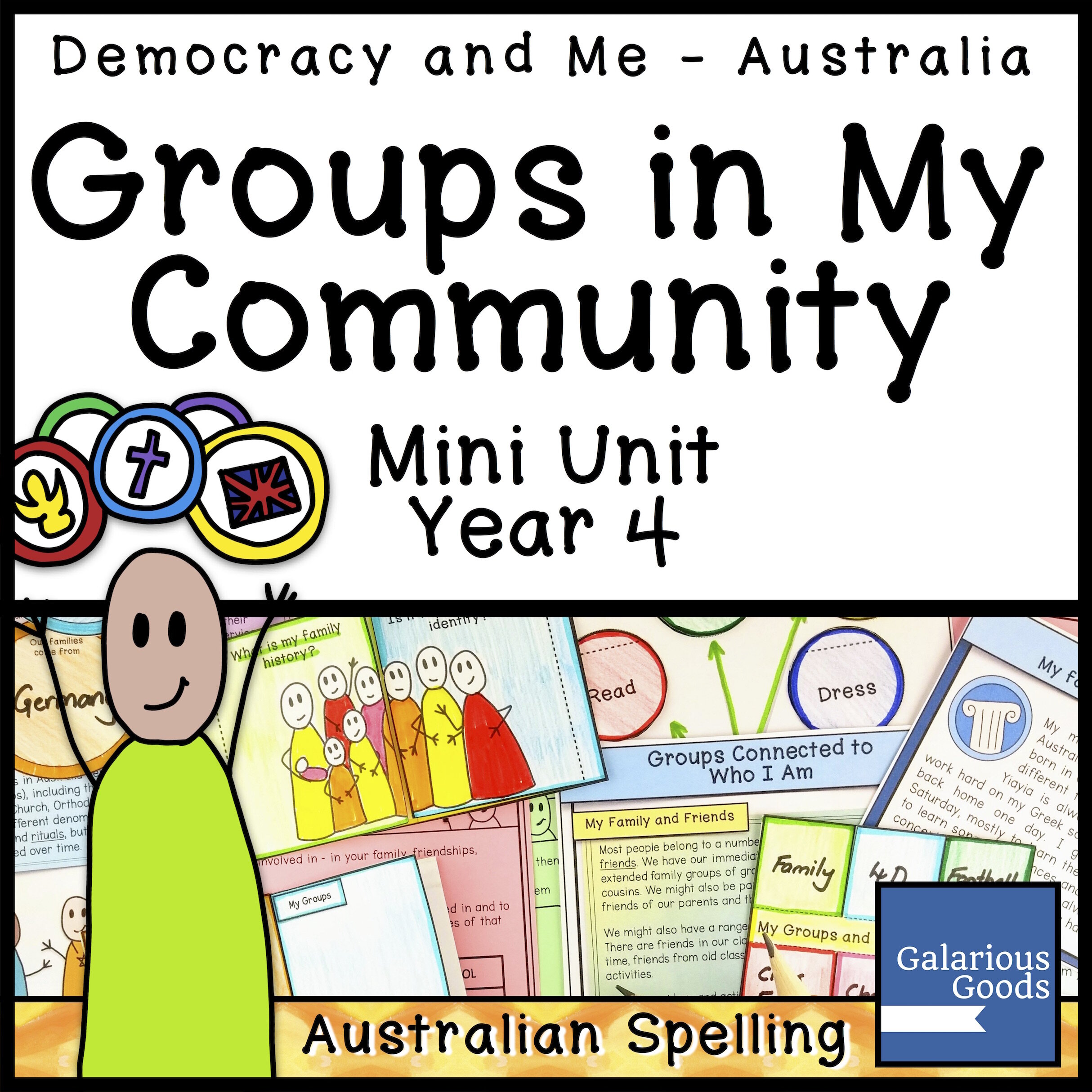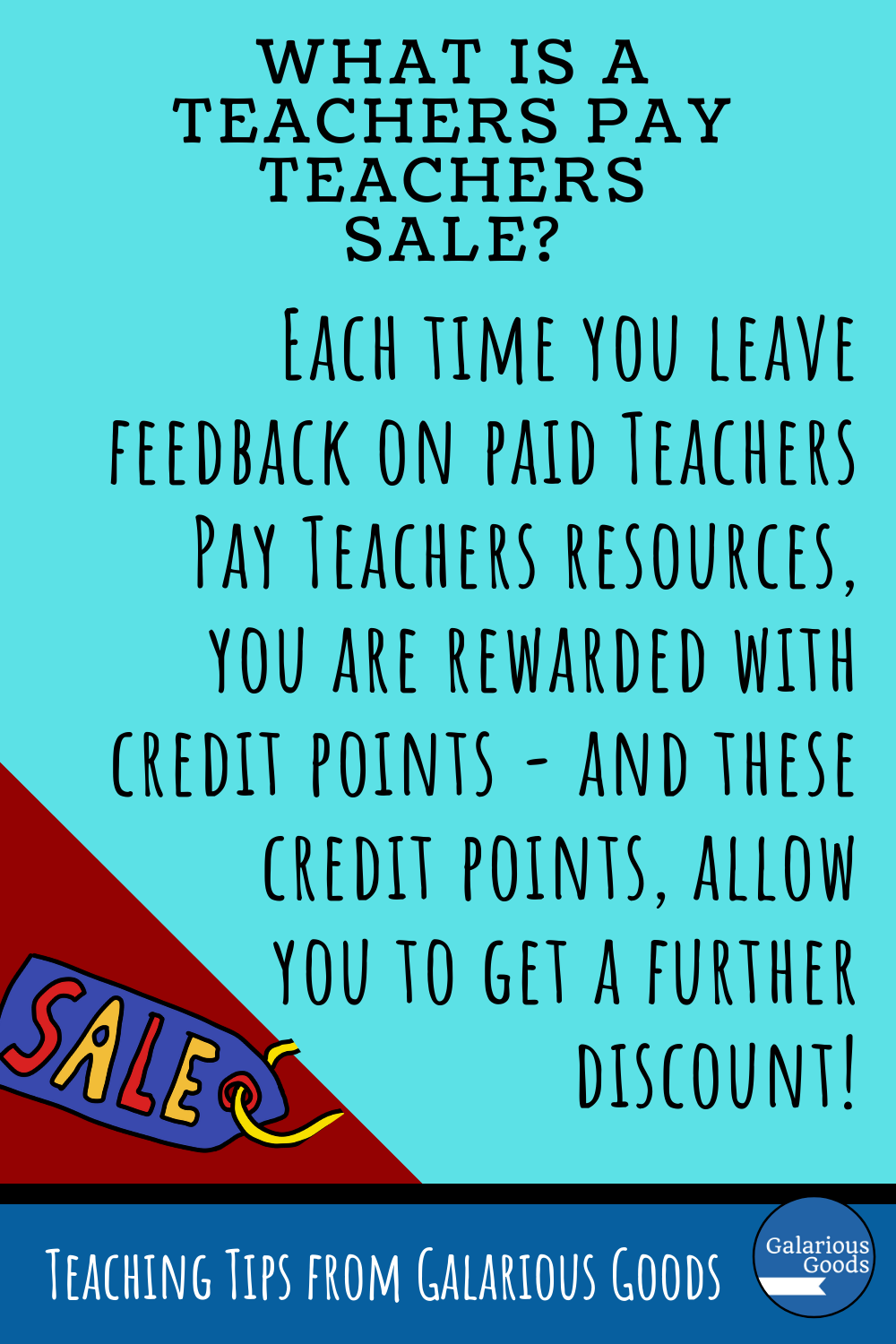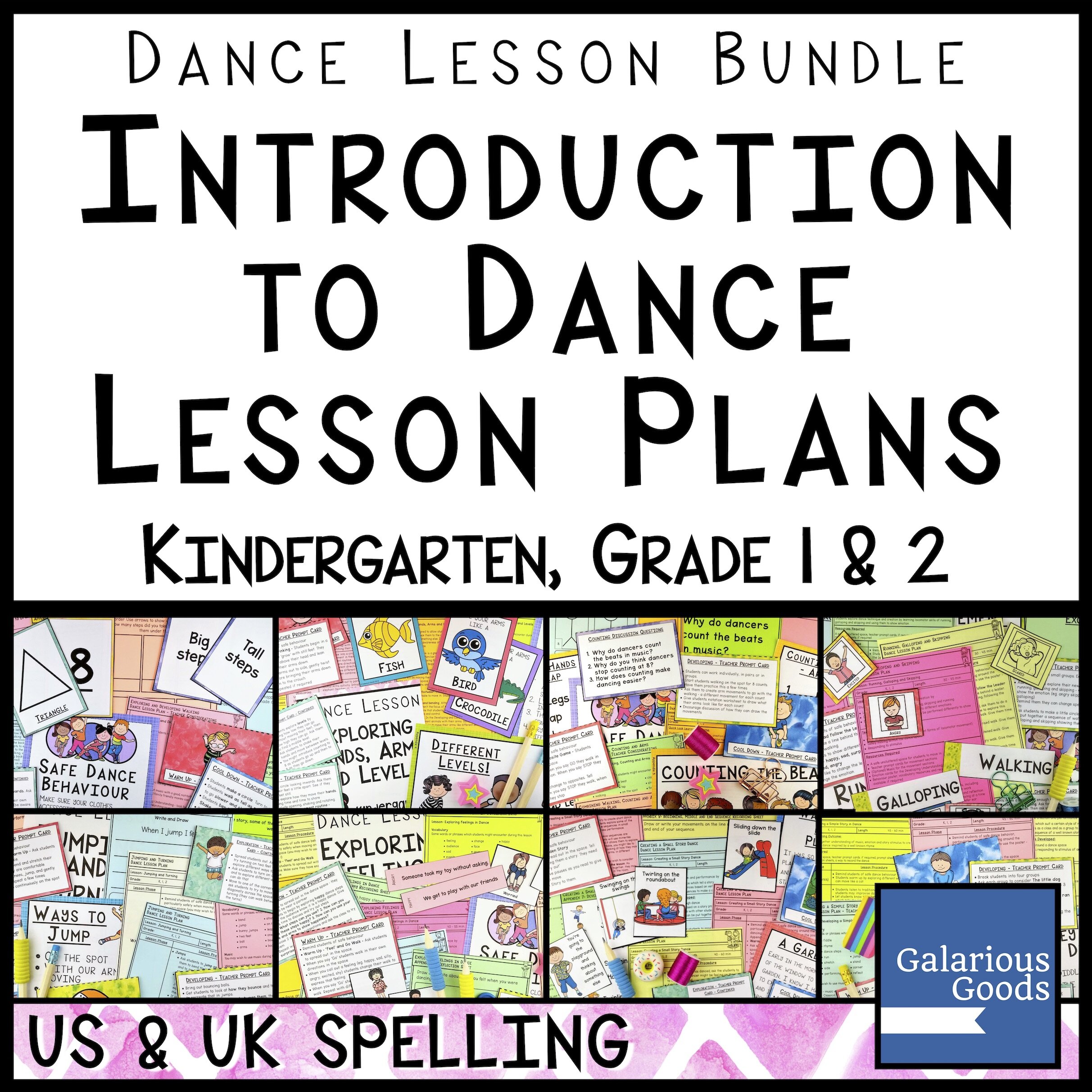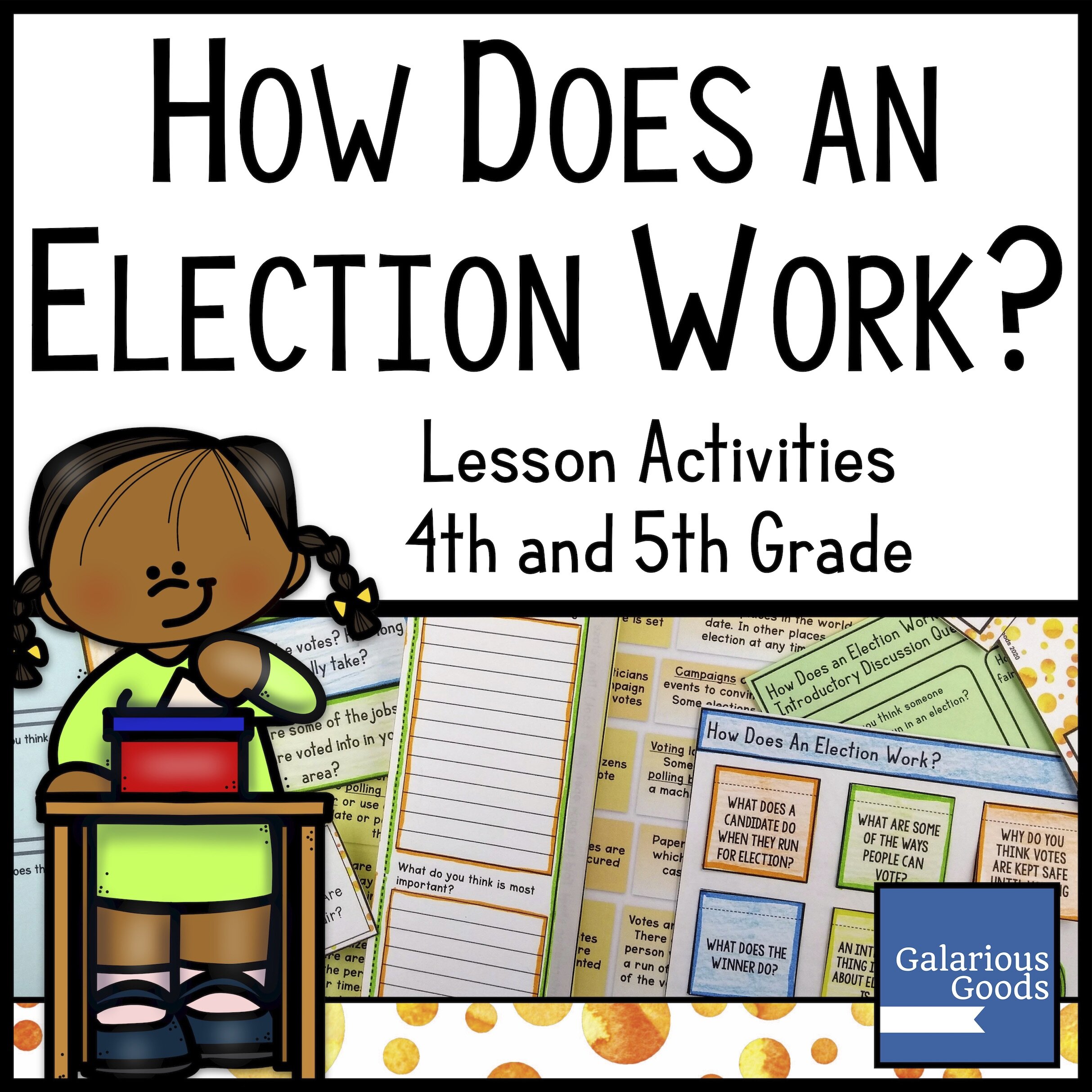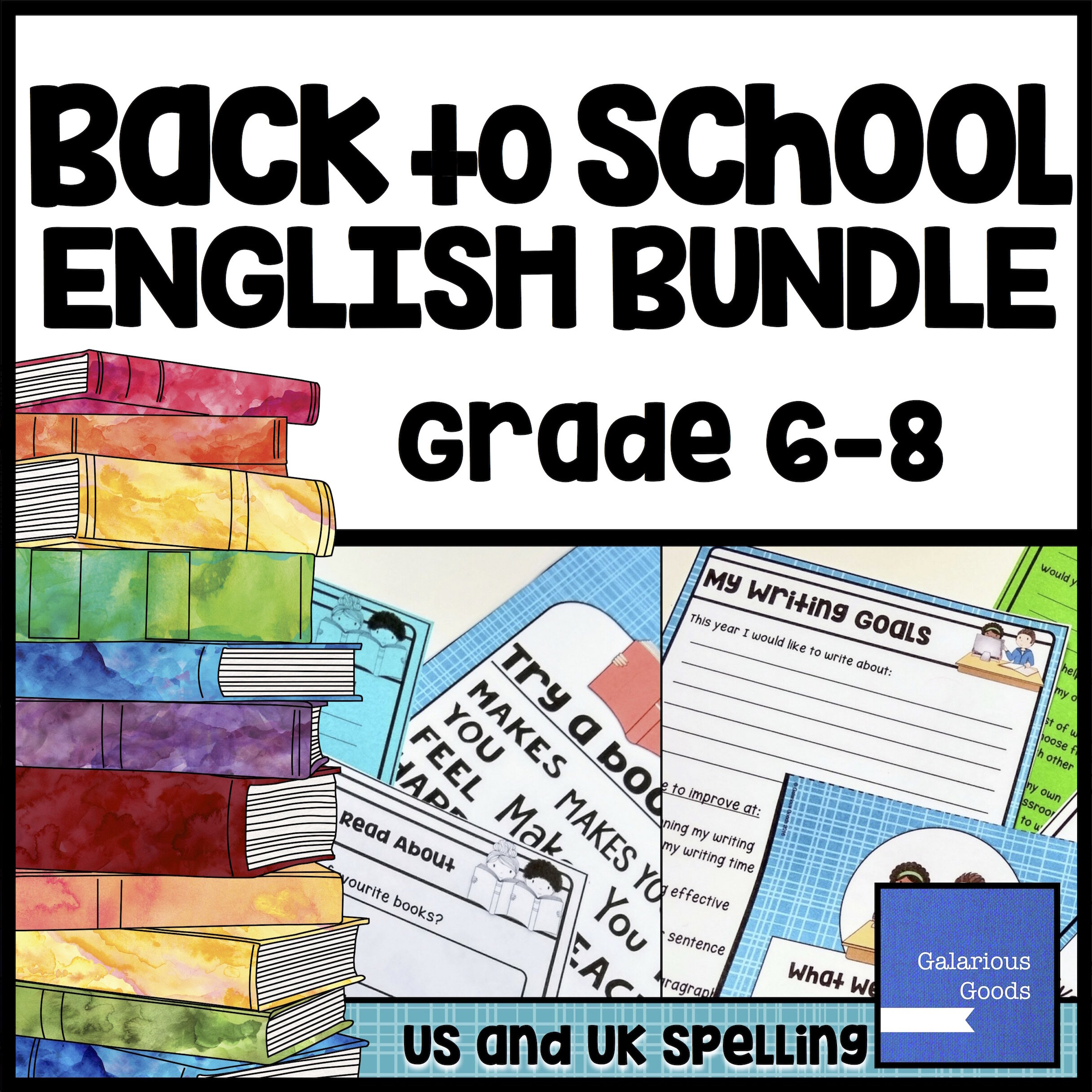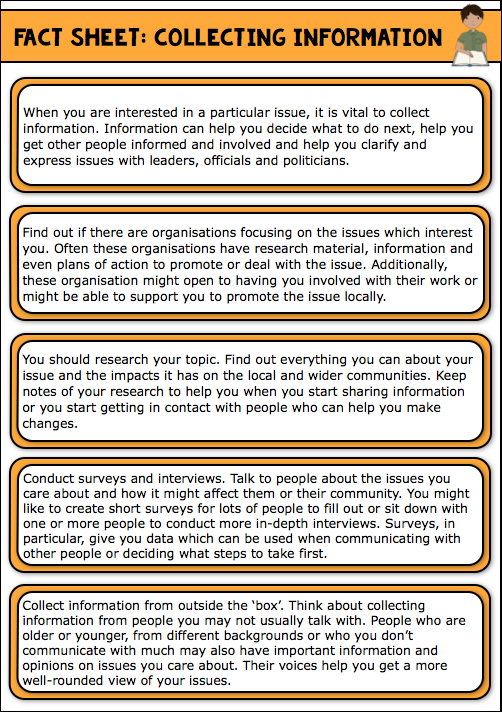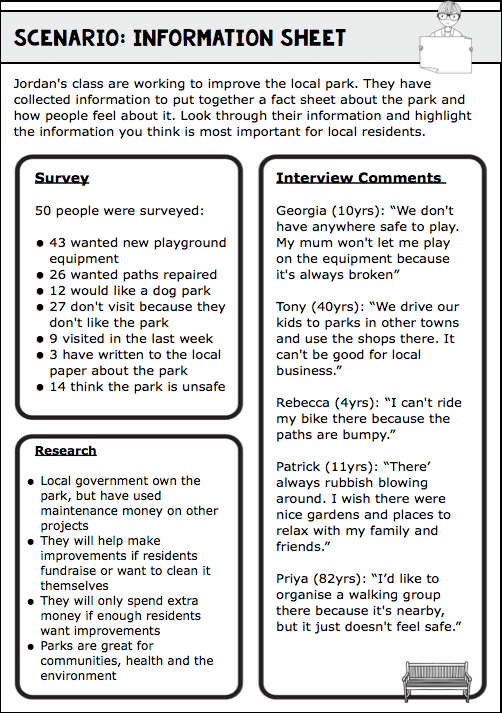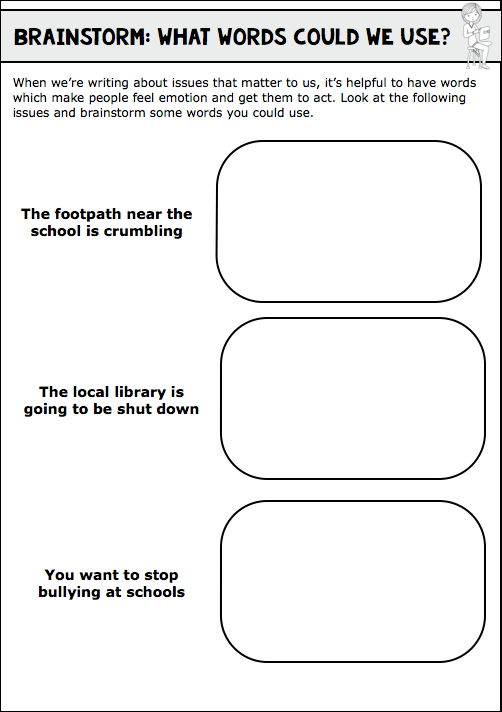Celebrating Galarious Goods! Welcome to Our First Birthday Party!
/Happy anniversary to me! This time last year I was preparing to launch Galarious Goods. I was learning everything there was to know about preparing teacher resources which could be sold around the world and working hard to have quality resources to sell when I went live. Since then, hundreds of teachers have bought Galarious Goods products in their classrooms and thousands have been able to download free products from TeachersPayTeachers and from right here. Not too bad for the first year in business!
Just as we're celebrating here, it's important to celebrate learning in the classroom. Sometimes there's bigger things to celebrate, like understanding how fractions work or students showing big improvements in a spelling test. Other times you might just want to celebrate learning the origin of a word or learning how to apply maths skills to solve a multi-step problem. All these types of learning are building bricks in the knowledge of our students and it's important to acknowledge that our students are continually learning and that all learning is important.
Posters and displays can be a great way to acknowledge the daily learning, so I've put together a little Celebrating Learning Poster Freebie which is suitable for a range of classrooms. There are two posters included - both in black and white and colour - and these allow you to brainstorm ways to celebrate in the classroom and share what you're celebrating with your students and parents.
I've learned so much in the last year, but one thing which has been confirmed for me is how strong the community of teachers are around the world. So many teachers are dedicated to sharing ideas and making the often difficult teaching job that little bit easier (or more fun, if you're following some of the 'oops, I went shopping at Ikea/Kmart/Target' posts on Instagram!)
What else have I learned? Well my design skills have improved drastically, something which I really noticed when I recently updated the Ranger's Apprentice novel study resources! I've also learned a lot about some of the ways I can help teachers to present the same material in different ways - offering task cards and presentation files for teachers with low photocopy budgets or low-paper schools, offering differentiated information sheets for difficult topics, offering activities which can be completed by individuals, small groups or in a whole class effort!
I've also learned a HUGE amount about Australian Civics and Citizenship and how the Australian Government works. Interestingly, I think it's made me a more informed citizen - I've always had an interest in politics and government, but now I can understand some of the reasons they make the statements they make or legislate in a certain way!
Next week, I'm going to share some of my favourite resources from the last year, but for now I just wanted to say thank you to my readers and buyers. Here's to another great year ahead.



